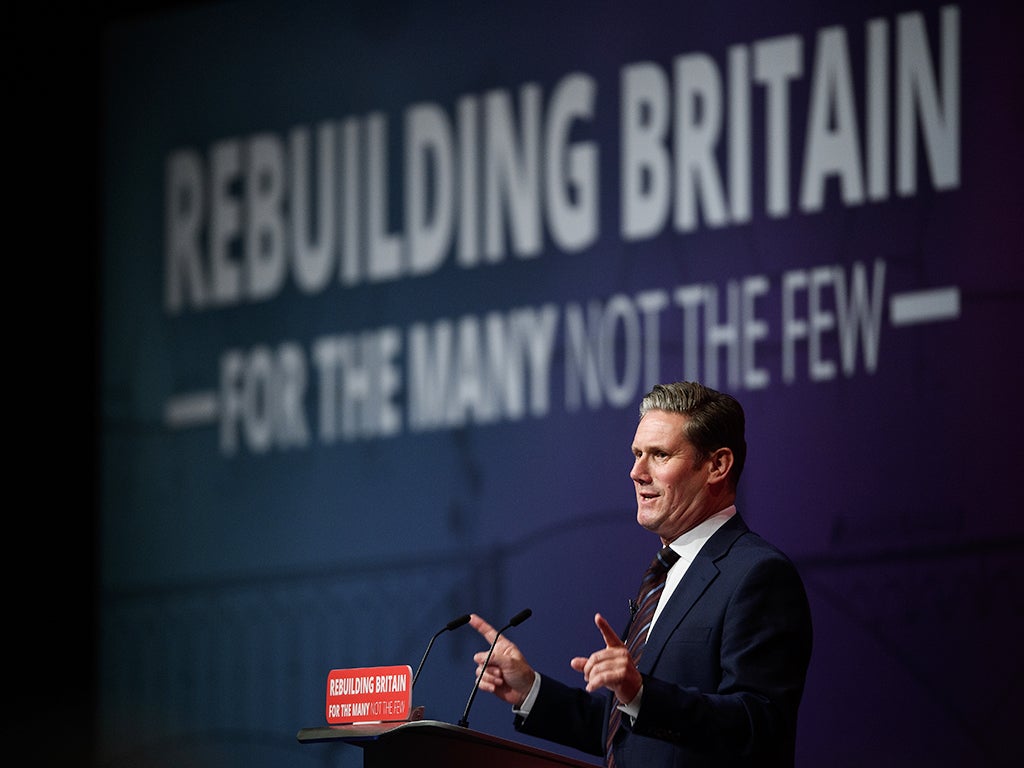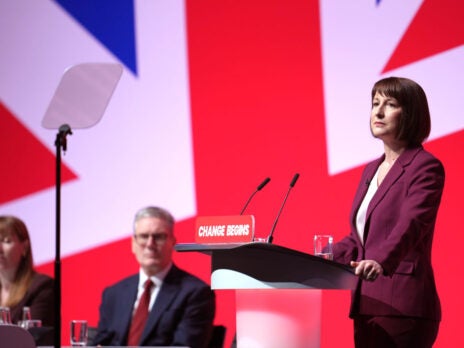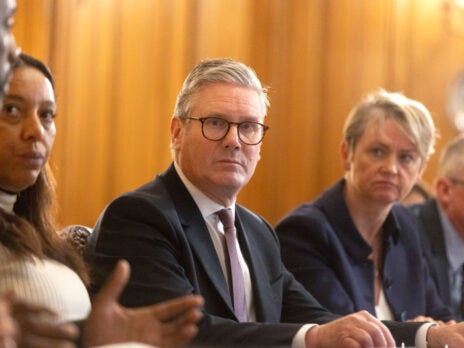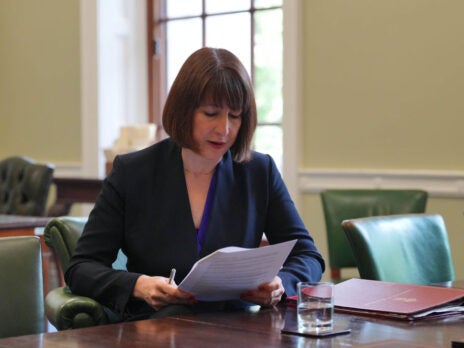
As Labour gathers at its conference in Liverpool this weekend the party is ahead in the polls for the first time in five years. There has been relatively little sign so far that Liz Truss’s accession to the Tory leadership has significantly restored her party’s standing, and as a result Labour still enjoys a seemingly healthy average lead of nine percentage points. The party finally looks like a potential contender for power at the next general election.
Yet even if realised in an election, a nine-point lead might not be enough to deliver the party outright victory. If we assume that the rises and falls in party support since 2019 were to be replicated in each and every constituency, Labour might still find itself with no more than 312 seats, 14 short of the minimum required for an overall majority. To secure its position as a minority government, the party might need to strike an understanding with the Liberal Democrats (who have a projected tally of 22 seats).
Of course, Labour has been attempting to improve its ability to turn votes into seats by trying to win back the many Leave voters who defected at the 2017 and 2019 elections. It has made some progress. On average, support for the party is up by nine points since 2019 among those who voted Leave in 2016, compared with four points among those who backed Remain. Equally, and perhaps crucially, Redfield & Wilton polling suggests that the swing from Conservative to Labour may at present be several points higher in the Leave-voting Red Wall seats that Labour lost in 2019.
Against that, however, has to be set the likely adverse impact of the parliamentary boundary changes due to be implemented next year. Meanwhile, Labour’s success in winning the support of pro-EU voters who were too young to vote in 2016 is one of the reasons why, if we look at current Brexit preference rather than how people voted in 2016, Labour’s relative advance among Leave supporters looks rather less impressive. And, of course, Labour’s current lead is being registered in the parliamentary midterm when voters are more inclined to protest and when the government has been through a particularly torrid time.
All in all, while Labour might yet win an overall majority, a hung parliament still looks like a distinct possibility – with the wheeling and dealing that would inevitably follow. Should the Liberal Democrats be strong enough to make up the numbers, they will be looking for progress on electoral reform, a prize they failed to secure from their 2010-15 coalition with the Conservatives. And now it looks likely that next week’s Labour conference will debate – and approve – a motion in favour of reform.
This makes especially notable the finding from the latest annual British Social Attitudes survey that, for the first time, a majority of Labour’s supporters are in favour of changing the Commons electoral system.
The survey question, asked regularly by BSA since the mid-1980s, reads as follows:
Some people say we should change the voting system for general elections to the UK House of Commons to allow smaller political parties to get a fairer share of MPs.
Others say that we should keep the voting system for the House of Commons as it is to produce effective government.
Which view comes closer to your own?
Over the years this line of questioning has not evinced high levels of support for reform. Indeed, until the latest survey, conducted late last year, BSA had always found that keeping the current system was the more popular option among voters as a whole, let alone Labour supporters in particular. But this time around, 51 per cent of all respondents to the survey backed reform and only 44 per cent keeping the current system. In the case of Labour supporters, the figures were 61 per cent and 34 per cent respectively.
[See also: British voters move left on the economy, as Liz Truss drags it to the right]
As result, the backdrop to next week’s conference vote will be very different from that in the 1990s when, after also suffering four defeats in a row, the party backed holding a referendum on the issue in its 1997 manifesto. At that point, a majority of the party’s supporters were opposed to reform – making it easy for Tony Blair’s government, cushioned as it was by a majority of 179, to drop the idea. This time, however, it seems that, in supporting reform, the party would be swimming with the tide of its supporters as well as opening up the prospect of a post-election deal with the Liberal Democrats.
However, support for electoral reform is very much the preserve of Remainers. As many as 63 per cent of those who say they would vote Remain if the 2016 referendum were to be run again back changing the electoral system. In contrast, only 36 per cent of Leave supporters want reform. Even within Labour’s ranks 68 per cent of Remainers favour reform but only 39 per cent of their Leave counterparts, among whom support is not much higher than it is among Conservative Leavers (29 per cent).
It looks as though for many a Remain supporter a system that enabled Boris Johnson to deliver Brexit on 43.6 per cent of the vote has lost its allure. And as a party that still has twice as many Remainers as Leavers in its ranks, that mood is inevitably reflected in the views of Labour supporters. Yet will the party leadership prefer to ignore that mood as it pursues the Leave voters it hopes might yet enable it to secure unalloyed victory?
[See also: Kwasi Kwarteng scraps 45% top tax rate]


